Description
- [ Package Content ] 5Voltage 200mA 10Pcs Polycrystalline Solar Panels
- [ Dimension] 110mmx60mm/4.33″x 2.36″ (L*W); Thickness: 2.5mm/0.1″
- [ DIY Your Own Model ] To charge cell , for home lighting and different kinds of low-power DC appliances, for science projects, for solar powered water pump, small solar power system, etc.
- [ High Quality ] High quality epoxy resin, unique technology to make the components beautiful and strong, anti-wind and snow, increase the service life of solar panels.
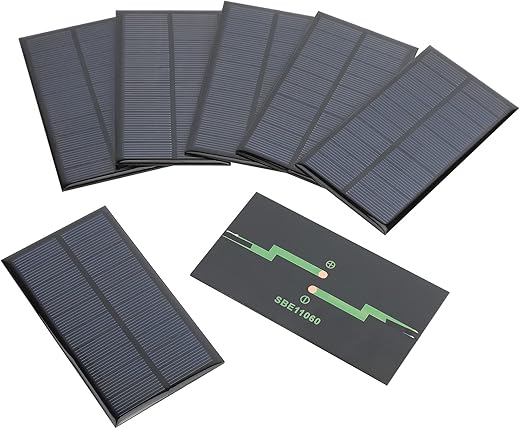
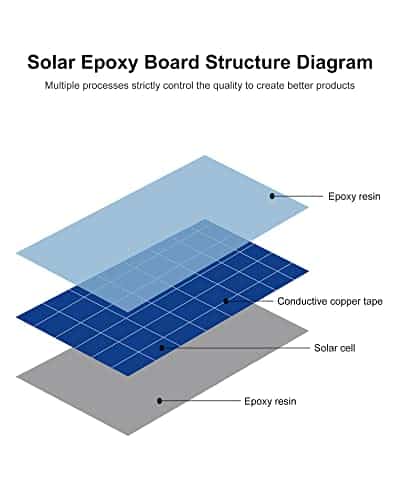
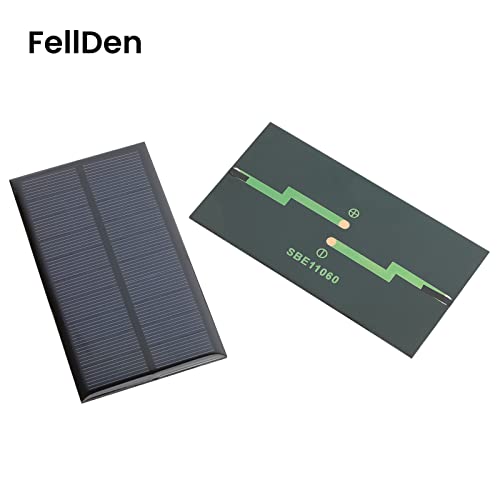
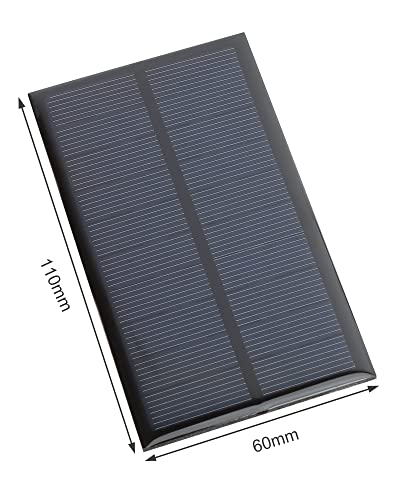

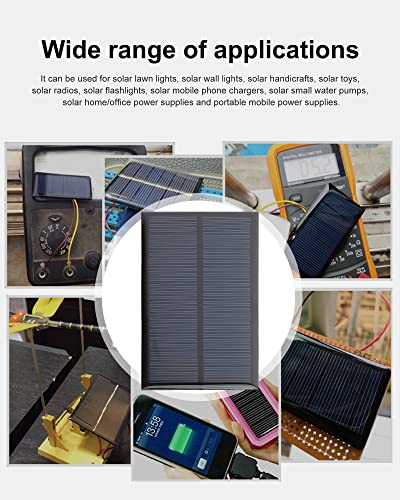
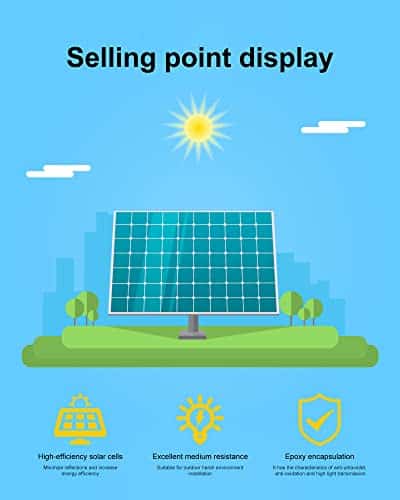
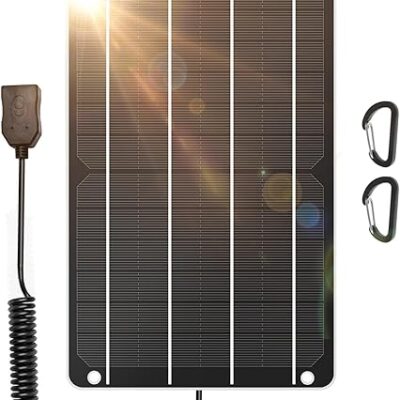
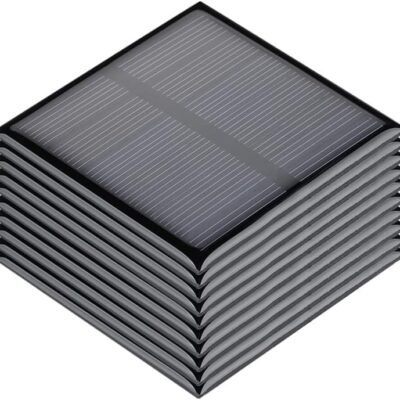
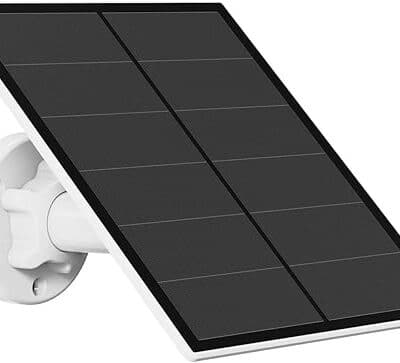
PeteK –
Everything arrived safe. No cracked panels. I’m happy with my purchase.
What i have pictured, in direct sunlight , the load tester reads 4.5v 142mA (panelload testercharge controller) as it charged the battery.
Marvin –
I received these solar panels in the mail. Not a single one worked! Disappointing!
Alec Engl –
which seems a fatal flaw for photovoltaic cells.
Dev Gualtieri –
Decent solar panels other than the misleading “theoretical maximum” amperage. Posting a loading curve in case anyone was like me when shopping, note that this was taken directly under 380 lumens and that a maximum power of 16mW is achieved with a load of around 1kOhm. Nominal current is 4mA.
PeteK –
In full sun, I saw up to ~5.75v (11.5~11.6v for 2 cells in series), not bad at all. Works for my project
PaddyMoore –
First, the good: Well packaged. Epoxy encasement of cells was crystal clear. Nice and sturdy. I’ve used three, and they all worked. They did put out 5V. Current is another story, see below.
The missing: The cells DID NOT come with leads. Perhaps I should have known better, but I kinda assumed they did. Maybe my bad? Not a huge deal, the solder points are big and they tinned easily. I could see how not having leads would be an advantage for some applications. I do wish they had made that clearer on the product page. Half a star off for this.
The not so good: 200 mA? No way. I knew that the cells wouldn’t put out 200 mA, but I had hoped for better. Short circuit current, outside, mid-day, no clouds, direct sun at 45 degrees north latitude early November was 5-10 mA. I am aware that 200 mA is a theoretical maximum (rather than observed results) based on a calculation where the light source is a thermonuclear explosion and the cell is a meter away from it. Nevertheless, my measurements were disappointing. Real world output specifications would be so much better. This lack of transparency is not limited to this product, and I’ve read similar reviews of small maker/DIY solar cells from other vendors. Caveat emptor for all these DIY solar cells. 1.5 stars off for this.
Ed from Maine –
These are claimed to output 200 mA at 5 volts. In practice, you can expect at most half the current. My first-principles calculation of the current based on maximum solar energy at Earth’s surface and the presumed 10% efficiency of such polycrystalline silicon photovoltaic cells gives 100 mA maximum. These cells were still adequate for my project, so they got four stars.
Alec Engl –
Edit. I after testing for a very long time, there is one cell that is producing 14 milliamps under full sunlight. FYI. I even used very strong artificial light and still at best 14 milliamps. Maybe I just got a bad one. I don’t know. I will now test the remaining cells and see how they do under full sunlight